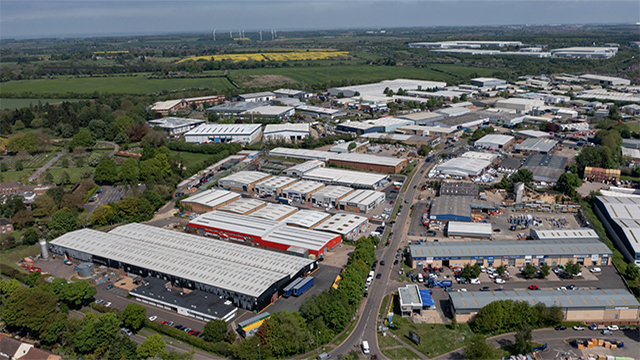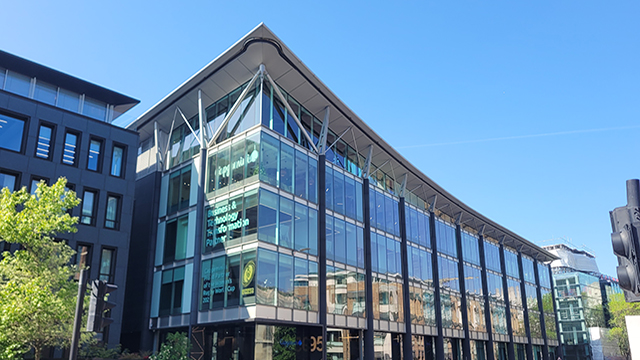Global transactions: who’s dealing with who?
In 2017, $34bn more was invested in Europe from Asia Pacific than in Asia Pacific from Europe, and $9bn more was invested from Asia Pacific into North America than vice versa.
The lion’s share of global intra-regional investment last year was into Europe ($90bn) with $36bn into North America and $16.2bn into Asia Pacific.
The preference for Europe and North America is largely due to their secure, liquid, transparent and established real estate markets, with their freehold assets offering secure legal title being particularly sought-after by new global investors
In 2017, $34bn more was invested in Europe from Asia Pacific than in Asia Pacific from Europe, and $9bn more was invested from Asia Pacific into North America than vice versa.
The lion’s share of global intra-regional investment last year was into Europe ($90bn) with $36bn into North America and $16.2bn into Asia Pacific.
The preference for Europe and North America is largely due to their secure, liquid, transparent and established real estate markets, with their freehold assets offering secure legal title being particularly sought-after by new global investors
This coincides with increasing demand for fixed-income and income-producing assets from aging populations in the developed world. Different assets are sought, changing the performance of sectors.
Where will the real estate money flow in 2018 and beyond?
Yolande Barnes, head of Savills world research
Real estate has taken on the role of stable income provision. In countries where there is political instability or fiscal uncertainty, in particular, investors may even consider real estate to be higher grade than government bonds.
Conventional investment opportunities are limited as supply has largely not kept pace with demand. But, for those investors willing to consider something new, more opportunities will open up in 2018 and beyond.
Savills’ researchers around the world have picked out a few of the sectors and locations which they think will perform and placed different levels of risk on these recommendations.
Some world property markets have very different legal systems than those to which many global investors are accustomed. Without change, there is a limit to how much the real estate investment universe can expand.
Growing middle class populations in Asia, for example, offer big opportunities but will only present well-matched risk in jurisdictions where real estate title is robust and markets are transparent.
Expansion is more likely to be seen in new property types, sectors and neighbourhoods in existing markets. Most of the Savills tipsters see potential, and growing demand, for these hitherto “alternative” asset classes.
Alternative investors are not necessarily heading up the risk curve. Many will focus on quality and prime investments in new asset classes, rather than moving into secondary and tertiary properties in conventional asset classes.
The effects of e-commerce, new technologies and AI are the first rumbles of the potential for real estate disruption altering the nature of risk. Very different asset classes may be featured as “core” tips in future and 20-year-old assets which would have been “core” are now appearing in the “opportunistic” and “value add” categories.
2018 will be an interesting year for world real estate, with investors needing to carefully consider how to make rational moves into new successful asset classes in a time of change and disruption.











